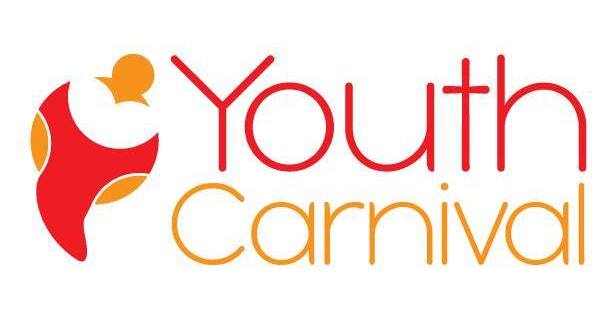If you think it’s enough to simply compile one master CV and then send it to anyone and everyone – think again. Though a CV is a good summary of your skills and qualifications, you really should try to target it to each and every job you apply for.
Many people have only a vague idea of what a good CV should look like, but in fact there are several different ways to compile a CV, depending on what you wish to achieve. Here are the three most common types and why you should choose them for your CV format.
A Chronological CV
This should really be called a “reverse chronological” CV, as here you list your previous positions starting with the most recent one and then go back in time. This is great because it shows your employer exactly what they want to see first.
This kind of CV is a perfect fit for those with a strong, consistent work history who want to emphasize their experience and dependability. Avoid this type of CV if you’re starting out, or if your work history is a bit patchy.
Under “work history”, list the year and month on the left hand side and then note the title of your position, your company and your primary skills at that job. You can put more information on the most recent jobs.
A Functional CV
A functional CV focuses not so much on what you have already done, but what you are capable of doing. Instead of listing what you did at different dates, make a list of your key skills.
Think of your strongest abilities and write them out in a way that makes them applicable to the job you’re applying for. This includes things like administrative ability, programming skills, languages you can speak or translate, proofreading skills, familiarity with certain software or products etc.
A CV of this format highlights what you can do, and downplays your history – so it’s good for new graduates or those who have recently switched careers or have an inconsistent career path. It’s not appropriate for those whose skills are directly related to each job – instead, a chronological CV will make them shine.
A Combination CV
You might, of course, like to do a bit of both. A popular format is to first list your past positions, and then follow with a more functional portion where you highlight what you know. You could start with whatever you want to highlight.
A combination CV also contains information about your education, volunteer work and awards – although be careful with these. An employer primarily wants to know one thing when they look at your CV: does this person know their stuff?
Only include information that actually answers this question directly. Recent graduates may wish to promote the fact that they have won awards or prizes but if you have current, solid evidence of having used your skills in the workplace, your employer will likely find this more valuable.


